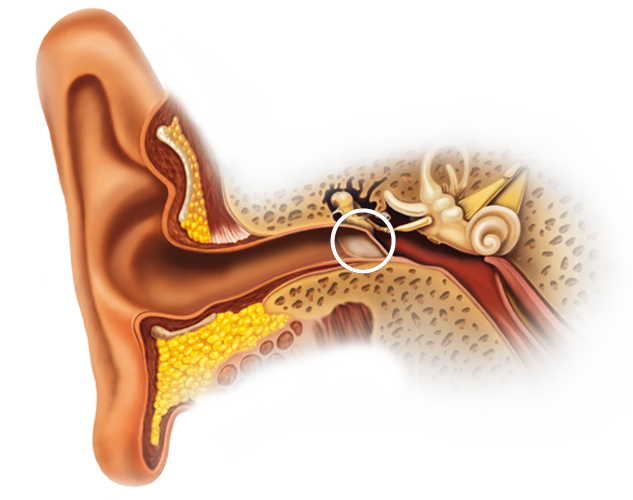The ear has two functions: balance and hearing. It consists of three parts, each of which plays a role in hearing:
On the left, a diagram of the ear:
1: the outer ear
2: the middle ear
3: the inner ear

The outer ear
It consists of the pinna (visible part) and the external auditory canal.
The auditory canal extends into the eardrum. Its diameter varies from one person to another. It is a curved duct, which sometimes makes it difficult to explore. It is completely covered with skin and is divided into two parts.
The outer ear is cartilaginous and covered with hair. This is where the wax producing glands are found.
The inner part is bony and completely smooth. No glands are present and the area therefore produces no wax.